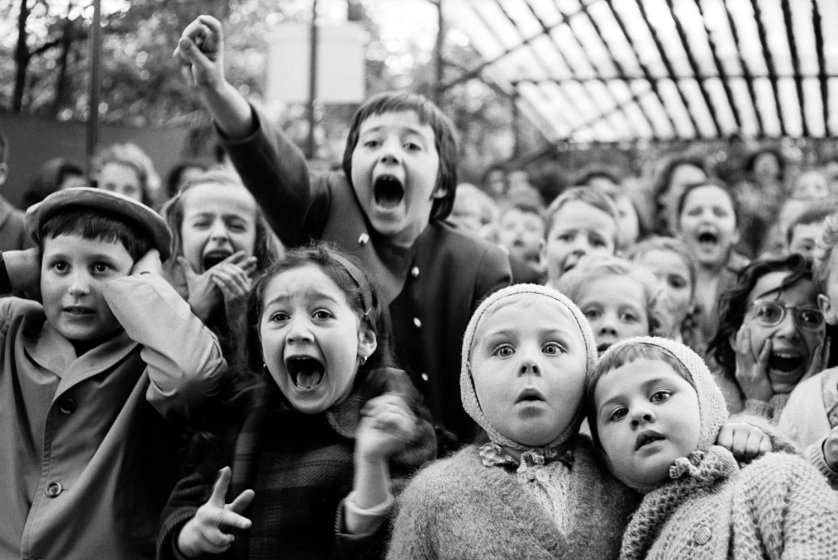If you haven’t watched “Hot Ones,” you have to watch “Hot Ones.”
A blazing and blistering (literally) plunge into bar-food sadomasochism, the long-running YouTube show is a micro-budget showcase for today’s brightest stars to brave the burn of some of the cruelest hot sauces known to sear the flesh off your tongue. If you want to see A-list actors and musicians writhe in their most tortured, vulnerable, teary-eyed human condition — with extra-spicy schadenfreude drizzled on top — this show’s for … well, all of us.
It goes like this: Hello, Superstar. Now, as we chat, bite into that sauce-daubed wing. Chew. Squint. Fan your mouth. Weep. Curse. Cough. Choke. Guzzle ice water. Go on about how you can’t feel your mouth. Cough some more. Bite. Chew. Cry. Tell the host he’s a son of a bitch, or worse, for subjecting you to this.
The celebs, always great sports, do this while answering smart, probing questions about their life, work and latest projects from the host, who has diligently done his homework about their past and present. And who clearly has callouses on his tongue, for he rarely even sniffles at the nuclear scorch of sauces with names like “The Spicy Shark” and the annihilating “Da’ Bomb Beyond Insanity.”
The setup: Host Sean Evans, bald, beaming and boyish, invites a celebrity guest to nibble hot wings with him and engage in a very casual interview. They sit at hightop tables, with chicken wings and a row of 10 hot sauce bottles aligned in order of lethal heat. Guests — who’ve included Dave Grohl, Jennifer Lawrence, Jake Gyllenhaal, Cate Blanchett, Colin Farrell, Margot Robbie, Billie Eilish and heaps more — may seem calm, but their trepidation from watching prior episodes of three-alarm distress bleeds through.
But on they go, biting hotter and hotter wings until they can barely take it anymore. They try to laugh it off as snot, spit and tears involuntarily spray from taxed orifices. Meanwhile, a composed Sean, he of the steel maw, keeps asking them questions. (“The show with hot questions and even hotter wings,” goes the tagline.)

That’s when many of our sweet superstars shred their chaste public personas and begin cussing at him for putting them through the gauntlet of fire. Sean chuckles apologetically, but not too apologetically. Tissues, milk, ice water are the guests’ paltry balms. Such mortal salves can only do so much. Chef Gordon Ramsay, crimson-faced, spluttered 128 expletives as he burned in “Hot Ones” hell. The show is about 24 minutes.
This makes for excellent lowbrow comedy. I don’t know why, but watching Gal Godot (“Wonder Woman”) do a magnificent spit-take while trying to douse the flames in her mouth is strangely funny. So is seeing Shaquille O’Neal gargling a gallon of milk and begging for “ice cube ChapStick.” Or Charlize Theron, clearly suffering, saying, “I like spice, but this is like somebody being an asshole.”
It’s a contest of will. And pain thresholds. And stamina. And sweat. And good humor. And, really, just why-the-hell-not fun.
Celebrities, those paragons of poise, in (harmless) agony. Bliss.
Feel the burn here.
Bonus track: A highlight reel of guests frothing at the host for setting them on fire, here.


















